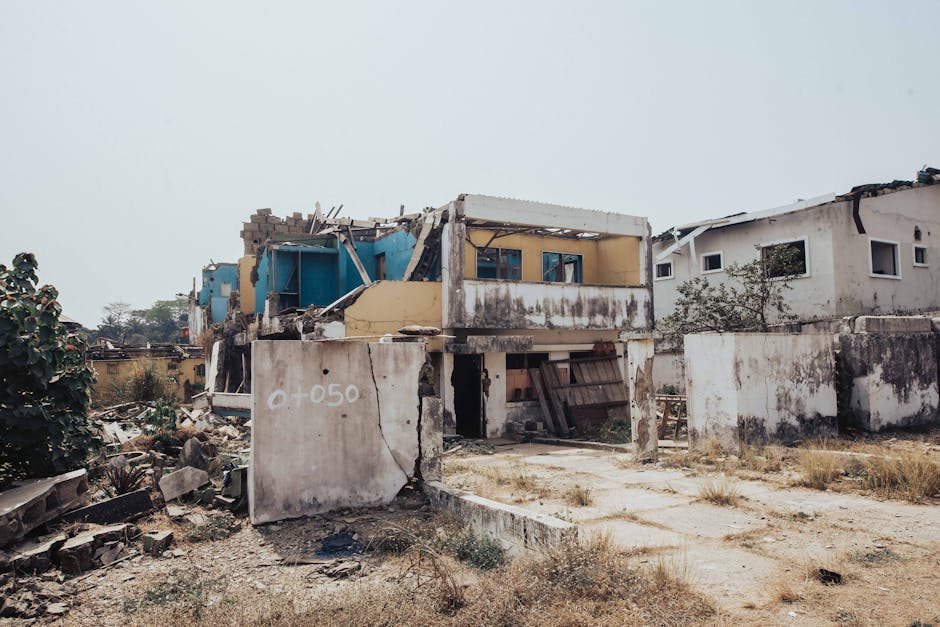Israel’s Airstrikes on Iran and Potential US Involvement
Israel’s Airstrikes on Iran and Potential US Involvement

Beginning June 13th, Israel launched a series of airstrikes targeting Iranian nuclear and military sites, including the Natanz, Fordo, and Isfahan facilities. Iranian state media confirmed the attacks. The strikes reportedly damaged centrifuge plants used for uranium enrichment, uranium conversion facilities, and missile launch and storage sites. Israeli officials stated the attacks aimed to prevent Iran from developing nuclear weapons. Iran responded with missile and drone strikes on Israel.
The International Atomic Energy Agency (IAEA) confirmed damage at several Iranian nuclear sites, reporting no increased radiation levels at Isfahan. The IAEA also reported damage to a building with advanced centrifuge rotors at the Tehran Research Center and the destruction of two buildings with centrifuge components at the TESA Karaj workshop. The IAEA stated that Iran’s enrichment of uranium is at an unprecedented rate and that they have not seen concrete proof that Iran has an active program to make a nuclear weapon. The IAEA also reported uncertainty regarding the location of Iran’s near-bomb-grade uranium, stating that Iranian officials indicated that Iran might take measures to protect the uranium.
President Donald Trump publicly stated that the US had attacked three Iranian nuclear and military sites: Natanz, Fordo, and Isfahan, with Fordo being the primary target. He described the strikes as “very successful.” The US had previously assisted Israel in shooting down Iranian missiles but had not directly attacked Iran until these reported strikes.
Following the Israeli attacks, President Trump convened multiple White House Situation Room meetings to discuss the escalating conflict and potential US involvement. He publicly considered a range of options, including a direct US military strike on Iranian nuclear sites, specifically mentioning the possibility of using the GBU-57 Massive Ordnance Penetrator (“bunker buster”) bomb to target the Fordo facility. Trump stated he would make a decision within two weeks. He also repeatedly claimed that Iran wanted to negotiate, a claim immediately denied by the Iranian Mission to the United Nations.
US officials confirmed that Trump’s administration had been in contact with Iranian officials through special envoy Steve Witkoff. Iranian Foreign Minister Abbas Araghchi stated on X that Iran only acts in self-defense, does not seek nuclear weapons, and is open to diplomacy. A senior Iranian official, speaking anonymously, indicated a willingness to meet with President Trump or his envoys to discuss a cease-fire and Iran’s nuclear program. However, Iran’s Supreme Leader, Ayatollah Ali Khamenei, publicly rejected the idea of negotiations under duress and warned against US military intervention, stating it would cause irreparable damage.
The Israeli military reported that it had struck more than 20 targets in Tehran, including nuclear weapons development project sites. Israel’s Defense Minister, Israel Katz, claimed the destruction of Iran’s internal security headquarters, though no evidence was provided. Israel also acknowledged the loss of a drone operating over Iran. Israel’s ambassador to the United States, Yechiel Leiter, stated that US military support for Israel is important to its victory over Iran.
Reports indicated that Iran imposed temporary internet restrictions and was experiencing a near-complete internet blackout. Iran also warned its Persian Gulf neighbors that US bases in their territories would be legitimate targets in the event of a US attack on Iran. Russia offered to mediate the conflict, suggesting a possible settlement allowing Iran to pursue a peaceful nuclear program while addressing Israeli security concerns. The United Kingdom held emergency meetings to discuss potential US military action and the possibility of the US using its Diego Garcia base for airstrikes on Iran.
Public opinion polls in the US showed significant opposition to US military intervention in the conflict. While some members of Congress introduced War Powers resolutions to prevent US involvement without congressional approval, others expressed support for the president’s actions. The ongoing conflict caused significant damage to Iranian infrastructure, and Israel’s missile defense system faced increasing strain due to the high cost and potential depletion of its resources.
As of the latest reports, the situation remains tense, with ongoing airstrikes and the potential for further escalation depending on President Trump’s decision regarding direct US military involvement.
Disclaimer: This content is aggregated from public sources online. Please verify information independently. If you believe your rights have been infringed, contact us for removal.